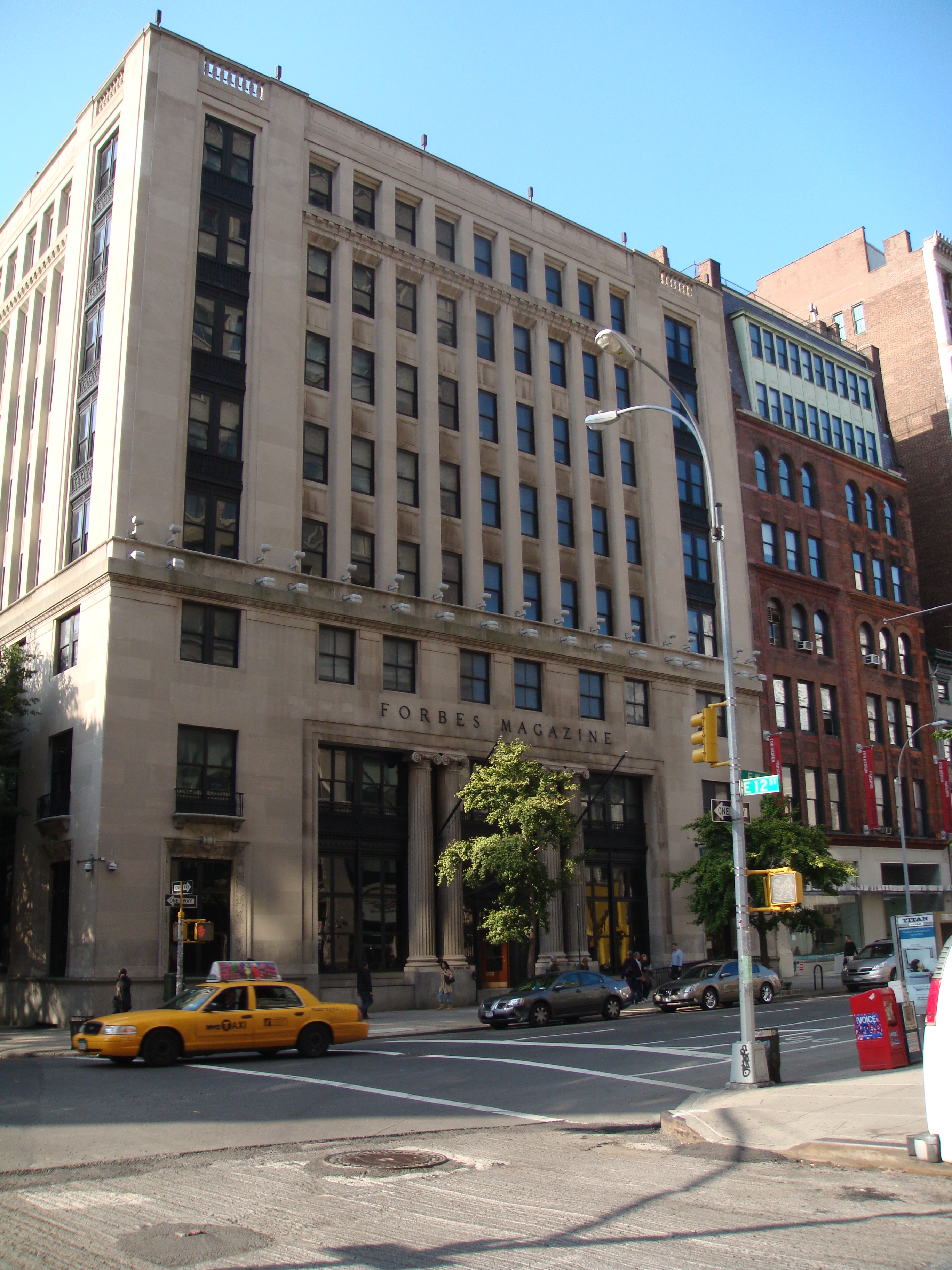|
Matthew L. Scullin
Matthew L. Scullin is an American materials scientist and businessman, best known for his work in sustainability related to methane emissions reduction from the oil & gas and agriculture industries. He was named Forbes 30 Under 30 in 2012 and has published over 50 papers and patents, garnering over 1700 citations and an h-index of 17. He is currently the CEO Emeryville, California-based MycoWorks, a biomaterials company making leathers from fungal mycelium. Previously, he was CEO of Alphabet Energy, which he co-founded in 2008 with Peidong Yang. Alphabet Energy was the leader in commercial thermoelectric waste heat recovery systems, having been named a Technology Pioneer by the World Economic Forum in 2013 when Scullin was recognized in Davos. Scullin was born and raised in the Alphabet City neighborhood of Manhattan, where he attended the United Nations International School. He graduated from the University of Pennsylvania ''magna cum laude'', where he won the R.M. Brick Award ... [...More Info...] [...Related Items...] OR: [Wikipedia] [Google] [Baidu] |
Forbes
''Forbes'' () is an American business magazine owned by Integrated Whale Media Investments and the Forbes family. Published eight times a year, it features articles on finance, industry, investing, and marketing topics. ''Forbes'' also reports on related subjects such as technology, communications, science, politics, and law. It is based in Jersey City, New Jersey. Competitors in the national business magazine category include '' Fortune'' and ''Bloomberg Businessweek''. ''Forbes'' has an international edition in Asia as well as editions produced under license in 27 countries and regions worldwide. The magazine is well known for its lists and rankings, including of the richest Americans (the Forbes 400), of the America's Wealthiest Celebrities, of the world's top companies (the Forbes Global 2000), Forbes list of the World's Most Powerful People, and The World's Billionaires. The motto of ''Forbes'' magazine is "Change the World". Its chair and editor-in-chief is St ... [...More Info...] [...Related Items...] OR: [Wikipedia] [Google] [Baidu] |
Waste Heat Recovery
A waste heat recovery unit (WHRU) is an energy recovery heat exchanger that transfers heat from process outputs at high temperature to another part of the process for some purpose, usually increased efficiency. The WHRU is a tool involved in cogeneration. Waste heat may be extracted from sources such as hot flue gases from a diesel generator, steam from cooling towers, or even waste water from cooling processes such as in steel cooling. Heat recovery units Waste heat found in the exhaust gas of various processes or even from the exhaust stream of a conditioning unit can be used to preheat the incoming gas. This is one of the basic methods for recovery of waste heat. Many steel making plants use this process as an economic method to increase the production of the plant with lower fuel demand. There are many different commercial recovery units for the transferring of energy from hot medium space to lower one: * Recuperators: This name is given to different types of heat exchan ... [...More Info...] [...Related Items...] OR: [Wikipedia] [Google] [Baidu] |
Crystallography
Crystallography is the experimental science of determining the arrangement of atoms in crystalline solids. Crystallography is a fundamental subject in the fields of materials science and solid-state physics (condensed matter physics). The word "crystallography" is derived from the Greek word κρύσταλλος (''krystallos'') "clear ice, rock-crystal", with its meaning extending to all solids with some degree of transparency, and γράφειν (''graphein'') "to write". In July 2012, the United Nations recognised the importance of the science of crystallography by proclaiming that 2014 would be the International Year of Crystallography. denote a direction vector (in real space). * Coordinates in ''angle brackets'' or ''chevrons'' such as <100> denote a ''family'' of directions which are related by symmetry operations. In the cubic crystal system for example, would mean 00 10 01/nowiki> or the negative of any of those directions. * Miller indices in ''parentheses ... [...More Info...] [...Related Items...] OR: [Wikipedia] [Google] [Baidu] |
Microstructures
Microstructure is the very small scale structure of a material, defined as the structure of a prepared surface of material as revealed by an optical microscope above 25× magnification. The microstructure of a material (such as metals, polymers, ceramics or composites) can strongly influence physical properties such as strength, toughness, ductility, hardness, corrosion resistance, high/low temperature behaviour or wear resistance. These properties in turn govern the application of these materials in industrial practice. Microstructure at scales smaller than can be viewed with optical microscopes is often called nanostructure, while the structure in which individual atoms are arranged is known as crystal structure. The nanostructure of biological specimens is referred to as ultrastructure. A microstructure’s influence on the mechanical and physical properties of a material is primarily governed by the different defects present or absent of the structure. These defects can tak ... [...More Info...] [...Related Items...] OR: [Wikipedia] [Google] [Baidu] |
Lawrence Berkeley National Laboratory
Lawrence Berkeley National Laboratory (LBNL), commonly referred to as the Berkeley Lab, is a United States national laboratory that is owned by, and conducts scientific research on behalf of, the United States Department of Energy. Located in the hills of Berkeley, California, the lab overlooks the campus of the University of California, Berkeley, and is managed by the University of California system. History 1931–1941 The laboratory was founded on August 26, 1931, by Ernest Lawrence, as the Radiation Laboratory of the University of California, Berkeley, associated with the Physics Department. It centered physics research around his new instrument, the cyclotron, a type of particle accelerator for which he was awarded the Nobel Prize in Physics in 1939. Throughout the 1930s, Lawrence pushed to create larger and larger machines for physics research, courting private philanthropists for funding. He was the first to develop a large team to build big projects to make discov ... [...More Info...] [...Related Items...] OR: [Wikipedia] [Google] [Baidu] |
HEC Paris
HEC Paris (french: École des hautes études commerciales de Paris) is a business school, and one of the most prestigious and selective grandes écoles, located in Jouy-en-Josas, France. HEC offers Master in Management, MSc International Finance, MBA and EMBA programs, specialised MSc's, PhD's and executive education. HEC Paris is the founding member of CEMS - Global Alliance in Management Education and holds the triple accreditation ( AACSB, AMBA, EQUIS). History Founded in 1881 by the Paris Chamber of Commerce (CCIP) with 57 students in the very first class, the ''École des hautes études commerciales de Paris'' (HEC) aimed to be in the fields of management and commerce what '' Centrale Paris'' was in the field of engineering. In 1921, the school introduced the case-based method of the Harvard Business School, but most of the lectures remained theoretical. In 1938, the HEC program was lengthened to 3 years. Due to French corporations' demand for North America ... [...More Info...] [...Related Items...] OR: [Wikipedia] [Google] [Baidu] |
Haas School Of Business
The Walter A. Haas School of Business, also known as Berkeley Haas, is the business school of the University of California, Berkeley, a public research university in Berkeley, California. It was the first business school at a public university in the United States and is ranked among the best business schools in the world by ''The Economist'', ''Financial Times'', ''QS World University Rankings'', '' U.S. News & World Report'', and ''Bloomberg Businessweek''. Named after Walter A. Haas, the school is housed in four buildings surrounding a central courtyard on the southeastern corner of the Berkeley campus, where both undergraduate and graduate students attend classes. Its resident startup incubator, Berkeley SkyDeck, is located west of campus in Downtown Berkeley. Notable faculty include former Chairs of the Federal Reserve and the Council of Economic Advisors, Nobel laureates in economics, the Secretary of the Treasury, the chief economist of Google, and more. History T ... [...More Info...] [...Related Items...] OR: [Wikipedia] [Google] [Baidu] |
Kellogg School Of Management
The Kellogg School of Management at Northwestern University (also known as Kellogg) is the business school of Northwestern University, a private research university in Evanston, Illinois. Founded in 1908, Kellogg is one of the oldest and most prestigious business schools in the world. Its faculty, alumni, and students have made significant contributions to fields such as marketing, management sciences, and decision sciences. History Early history (1908–1950) The school was founded in 1908 as Northwestern University's School of Commerce. It offered a part-time evening program. It was a founding member of the Association to Advance Collegiate Schools of Business, that sets accreditation standards for business schools. The school played a major role in helping to establish the Graduate Management Admission Test. Also, researchers associated with the school have made contributions to fields such as marketing and decision sciences. For instance, Walter Dill Scott, a pionee ... [...More Info...] [...Related Items...] OR: [Wikipedia] [Google] [Baidu] |
Arun Majumdar
Arunava Majumdar is a materials scientist, engineer, and the inaugural dean of the Stanford Doerr School of Sustainability. He was nominated for the position of Under Secretary of Energy in the United States between November 30, 2011 and May 15, 2012. He was previously the Director of the Environmental Energy Technologies Division at the Lawrence Berkeley National Laboratory, where he was also deputy director of LBNL as well as professor of mechanical engineering at the University of California, Berkeley. He was nominated to be the first director of the U.S. Department of Energy's Advanced Research Projects Agency-Energy (ARPA-E) and appointed to that position in September 2009. In 2012, he joined Google to drive Google.org's energy initiatives and advise the company on their broader energy strategy. He is now the Jay Precourt Professor at Stanford University, where he serves on the faculty of the Department of Mechanical Engineering and is a Senior Fellow of the Precourt Insti ... [...More Info...] [...Related Items...] OR: [Wikipedia] [Google] [Baidu] |
Ramamoorthy Ramesh
Ramamoorthy Ramesh (born 1960) is an American materials scientist of Indian descent who has contributed to the synthesis, assembly and understanding of complex functional oxides, such as ferroelectric materials. In particular, he has worked on the development of ferroelectric perovskites, manganites with colossal magnetoresistance, and also on multiferroic oxides with potential benefits for modern information technologies. He is a professor at the University of California Berkeley in the Department of Materials Science and Engineering, and Physics. Training and career He joined Lawrence Berkeley National Laboratory in 2004 as a Faculty Scientist and became Associate Laboratory Director (ALD) for Energy Technologies in 2014 with three Divisions focused on Energy Technologies. After serving in the role for a few years, he assumed his role as Professor at the University of California, Berkeley. Ramesh served as the founding Director of DOE's SunShot Initiative and subsequently ... [...More Info...] [...Related Items...] OR: [Wikipedia] [Google] [Baidu] |




.jpg)

